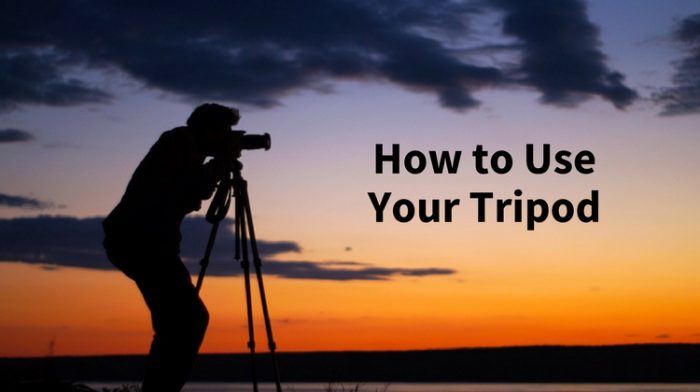Trying to find suitable vegan hiking boots is like trying to find a needle in a haystack. Although things are getting easier nowadays as there are more and more boots made from synthetic materials, it’s still important to be cautious.
More importantly, although some manufacturers advertise that their boots are vegan, only after further inquiries, you may find out that the glue used aren’t vegan.
Since vegan boots are often made from various fibres, vegan hiking boots often contains more features than leather boots such as having ribbed support, cooling properties and
Tip 1: Checking out what materials the vegan hiking boots made of
As of now, more shoes are made from synthetic materials. This means that the possibility of you getting the best vegan shoes with the right materials are higher. For this tip, I’ll highlight particularly the materials you can look out for. Also, I’ll suggest some of the best vegan boots available in the market.
First, we’ll take a look at vegan leather which is also commonly known as faux leather or alternative leather. It’s usually made from plastic or plant materials rather than animals. In fact, there are many hiking shoes available in the market which are made from faux leather. Most people are unable to identify them because they look extremely similar to real leather.
Currently, vegan leather can be from multiple sources including fruits (an award-winning innovation by H&M in 2019), bacterial cellulose, neoprene, rubber and even EVA foam. One of the best alternatives would be bamboo hiking boots.
The materials you want to avoid if you are looking for pure vegan hiking boots are wool, silk, leather or cashmere.
If you are interested to know more about which are the best vegan hiking boots in the market, I would recommend that you read this post about the best vegan hiking boots. I have comprehensively reviewed the top 5 picks in the market covering important characteristics and features.
Tip 2: Call up their customer service whenever you are unsure
If you are sceptical about whether the pair of vegan hiking boots are fully vegan, it’s always better to check. Although many of the manufacturers will state the materials which the boots are made of, they’ll often not state what type of glue is used for the boots. You’ll need to dig deeper to find out whether the glue used to manufacture the boots are vegan. To do this, I would highly recommend contacting their customer service.
Tip 3: Check out the reviews for the boots
There will be tons of people who already bought the boots you are wearing and some of them are willing to share what they know about the boot.
If you are unsure about the quality of the boots, what features it has or whether it’s truly vegan, just read through the reviews and you’ll find out. You can even read expert review blogs to find out what you want to know. This will be able to give a good idea of what the boots are made of and how it will perform when you hit the trail.

Tip 3: Determine how high-quality the vegan hiking boots are
Although the vegan hiking boots are made from synthetic materials, it shouldn’t compromise the quality of the boots. Quality can be looked upon in two perspectives: (1)
Boot Cushioning – If your boots has good cushioning, it’ll be able to effectively absorb impact. To date, one of the best cushioning material is the EVA foam cushioning because it is resistant to a variety of weather conditions and it doesn’t get damages easily. It’s definitely something to look out for when you are buying your vegan hiking boots.
Outsoles – The outsoles of the boots need to be durable and offer great amount of traction. Do make sure that the outsoles are made from high-quality rubber or plastic (or other materials) and that it’s extremely durable. The outsoles should last at least 800 miles.
Tip 4: Look at what features the vegan hiking boots come with
If you are opting for ‘PREMIUM’ vegan hiking boots, you can look out for certain important features.
One of them include the synthetic upper which is paired with mesh or it’s made with textile fabric which is optimal for comfort. You can look out for shoes that has a waterproof liner or it’s made with Gore-Tex membrane, so that your feet can remain dry and comfortable.
Also, you can look out for protective features including having a rubber toe cap and heel guards.
Tip 5: Pick the best vegan hiking boots that suit your style
Next, it’s important that you feel good wearing the pair of boots. You may want to pick the best vegan hiking boots that has a variety of color options which includes your preferred color. For myself, I prefer getting a pair of vegan hiking boots that does not stand out by having only dull colors such as black, brown or dark green. The color would would be important for certain people in terms of gender too. You can even pick a gender-neutral color as well.
As for the style of the vegan hiking boot, it may come either in low-cut, mid-cut or high cut. It would highly depend on the activity which you indulge in – either its hiking, trekking or mountaineering. If you are going for mountaineering, I would highly recommend high-cut boots because of the extra support the boots can provide. Wearing low-cut hiking boots may be harmful for your feet and it may even be considered outlandish.
Tip 6: Always go for Rubber Soles
The best vegan alternatives for soles are rubber soles. They will be extremely helpful when you are hiking. Rubber soles are durable enough to withstand the pressure placed on the soles when hiking.
Also, rubber soles do provide extra support which is essential for preventing injuries when you are hiking on challenging terrains.
If you are really eco-friendly, you will opt for used rubber soles. They are one of the best options for green warriors and it does not bring any harm to animals too unlike plastic which indirectly harms the ecosystem.
Tip 7: Always understand what your personal needs are
You need to know clearly why are you buying the boots for? Do you see yourself often hiking through mountains with streams and rivers? Are you planning to wear the vegan hiking boots for mountaineering or are you only going for a short hike?
All of these factors make a huge difference on how much you should budget for your vegan hiking boots and what features you should look out for. For example, if you need waterproof boots to keep your feet dry and comfortable, you need to look out for boots made with Gore-Tex waterproof fabric.
Conclusion
Without a doubt, vegan hiking boots are getting more popular because they are animal-friendly, lighter and more flexible than leather boots. Vegan hiking boots are often waterproof and are able to prevent foot fatigue when you are on a long hike.
Besides, buying animal-friendly products does give a certain sense of self-satisfaction too. I hope this guide will be able to help you choose the best vegan hiking boot and not regret the choice which you have made.


